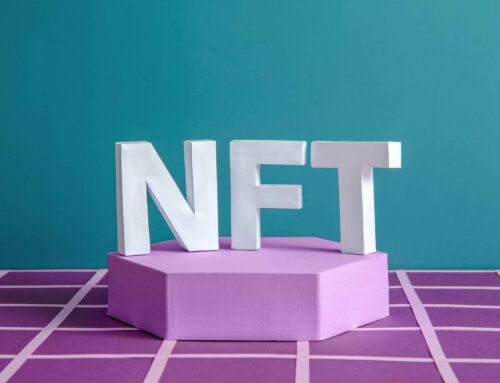V.R. has been a societal fascination as of late. After the pandemic proved many jobs could be done from home, the focus on infrastructure of digital spaces surged. Moreso than ever before, backed by video games proving you can make convincing 3D spaces and consumer-grade screens having ever-increasing levels of resolution and clarity, it’s unsurprising that new, secondary worlds are being built. And, of course, sections of these worlds are built by blockchain.
And this is where we see art NFTs enter this discussion. Because they’re a visual medium that exists in a digital space. Including, sometimes, in a digital art gallery. You can move amongst digital displays and can buy a copy of what you’re looking at. And if you own a digital frame, you can then “hang” the picture on your wall extremely quickly.
This differs from how it normally works. The art world can be rather exclusionary, especially the world of paintings. But NFTs democratize it. Anyone with good art can have it hung in a gallery anyone can visit, even if they wouldn’t normally have the time or means to do so. And this art can be sold for more reasonable costs while the artist can get sales they might not have otherwise gotten.
Now, this doesn’t mean NFT art galleries will replace all existing galleries, and it won’t be the only way people get art, but it is a potential model for how lots of digital entertainment will be distributed in a steadily approaching future. It’s a potential framework for how a lot of art can be sold to people who love it.






